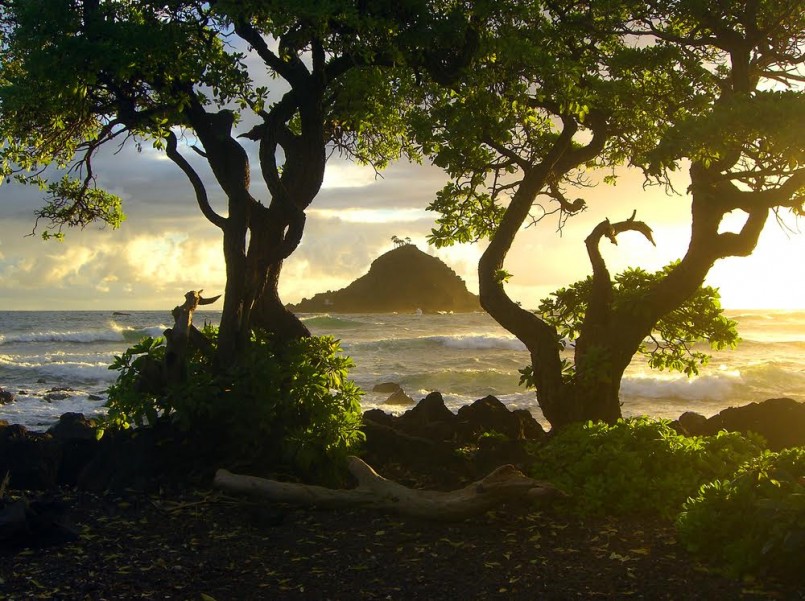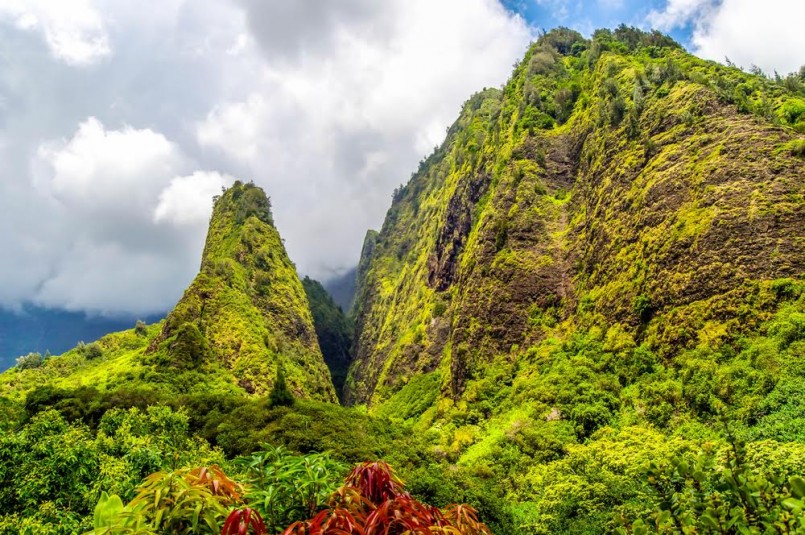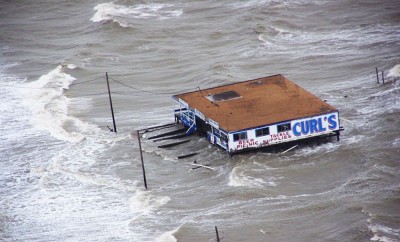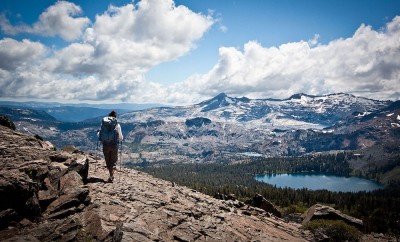Adventure Travel
Hawaii’s majestic wilderness is at risk

Image: Shutterstock/Josh Cornish
The balmy and beautiful Hawaiian islands are known for their tranquil and untouched natural beauty, which attracts more than seven million tourists annually—almost seven times the number of actual Hawaiian residents. But how can the islands maintain their serene environs with the magnitude of real estate development and infrastructure growth currently expanding across them? An exploration of the best models of existing ecotourism, as well as a greater understanding of the sustainability practices used by the Native Hawaiians themselves for more than a thousand years, can likely give us the answers we need to keep Hawaii wild.
Keep Hawaii wild: Celebrate native plants, traditions and culture
With the world’s highest amounts of both threatened and endangered native animals and plants, Hawaii’s lush landscapes have been tended solely by Natives for many centuries. After they first began sharing their fishing, aquaculture, farming and planting practices with visitors around 1778, many of the traditions spread, and are still used today. If you wish to visit the islands while respecting and preserving the native wildlife simultaneously, there are ways. Participating in events that celebrate Native culture are recommended to help keep Hawaii wild, including luau feasts, hula performances and any traditional meal preparation serving locally-grown Hawaiian food.
Learn the ways of the islands
In addition, guests can visit local historical hotspots for a glimpse at the traditional practices in action at Waimea cattle, sheep and goat ranches, Kona and Holualoa coffee farms and tours, miles of untouched trails of greenery, Hawaii Volcanoes National Park, and Puuhonua o Honaunau National Historical Park. The numerous botanical gardens are an adventure in themselves, showcasing the most outstanding in tropical foliage. The most impressive coffee farms, floral sanctuaries and tropical refuges are found within the Kau and Puna districts. Other local favorites include the Hilo Liliuokalani Gardens, Umauma Falls, Hawaii Tropical Botanical Garden and Akatsuka Orchid Gardens. Camping out or renting an RV can put you into the scenery more directly for a more hands-on exploration of the islands. There are cabins, campgrounds and other accommodations to suit everyone’s tastes in experience.
Buy what they grow and make
Purchasing native-grown foods from produce to meats and fish in the farmers markets can assist with the preservation of local cultures as well. Shops run by natives which sell native-made products are another way to keep Hawaii wild.
Do Your Research

Image: Shutterstock/tropicdreams
Some activists prefer that you prepare for your visit by watching videos or reading up on the various marine life you’ll be seeing and how to best leave a minimal footprint. One area of consideration involves the Hawaiian word ‘malama,’ which means ‘to care for,’ in regards to their natural resources or Malama Aina – Care for the Land. They prefer we all contribute to caring for the ocean they rely upon for their lives, and the colorful reef that thrives within it. Don’t touch the coral if you swim near it, nor any of the animals or plants. It is especially important that you do not touch the green sea turtles, as they are endangered and it is illegal to do so. Dolphins are lovely creatures and many want to touch them like they may have seen at Sea World—but in the wild, dolphins can behave aggressively and can even harm people, so it’s best to leave them alone and enjoy them from afar.
Tag it and Throw it Back
If you do any sport fishing, the natives appreciate the tag and release approach. Please respect the wishes of the community by following the instructions of catch limits and seasonal fishing guidelines.
Turn off the lights
Turn off the nighttime lights as often as possible to help the sea turtles and island birds maintain their numbers. Artificial lighting is banned along the shore.
Go With a Guide

Image: Shutterstock/MH Anderson
If possible, take a guided tour for the optimal nature trail experience. They can point out all the specific areas of interest while giving guidance on what to avoid and how to best respect the land and keep Hawaii wild. If you choose to go alone, please stay on the trails obviously made for you and do not step on plants, animals or landmarks. Take a picture—nothing else. Do not take anything as souvenirs—even rocks or shells. Do not leave litter anywhere but in the provided trash facilities. Recycle everything in the proper accommodations located throughout the islands.
Volunteer During Your Stay
You can even volunteer with an eco-adventure crew to assist with local conservation work, trail maintenance, planting trees, clearing out invasive species and cleaning up the oceans of debris.
For the Nature Conservancy’s protected areas and recommendations on ways to visit, check here.
In the spirit of Aloha, the native Hawaiian greeting as well as a term indicative of peace and compassion, one should strive to leave the world better than they found it, or at least not worse. Let’s apply this to our next visit to Hawaii, and enjoy the gratitude, or “mahalo,” of the human residents as well as all native creatures. Help keep Hawaii wild!





0 comments